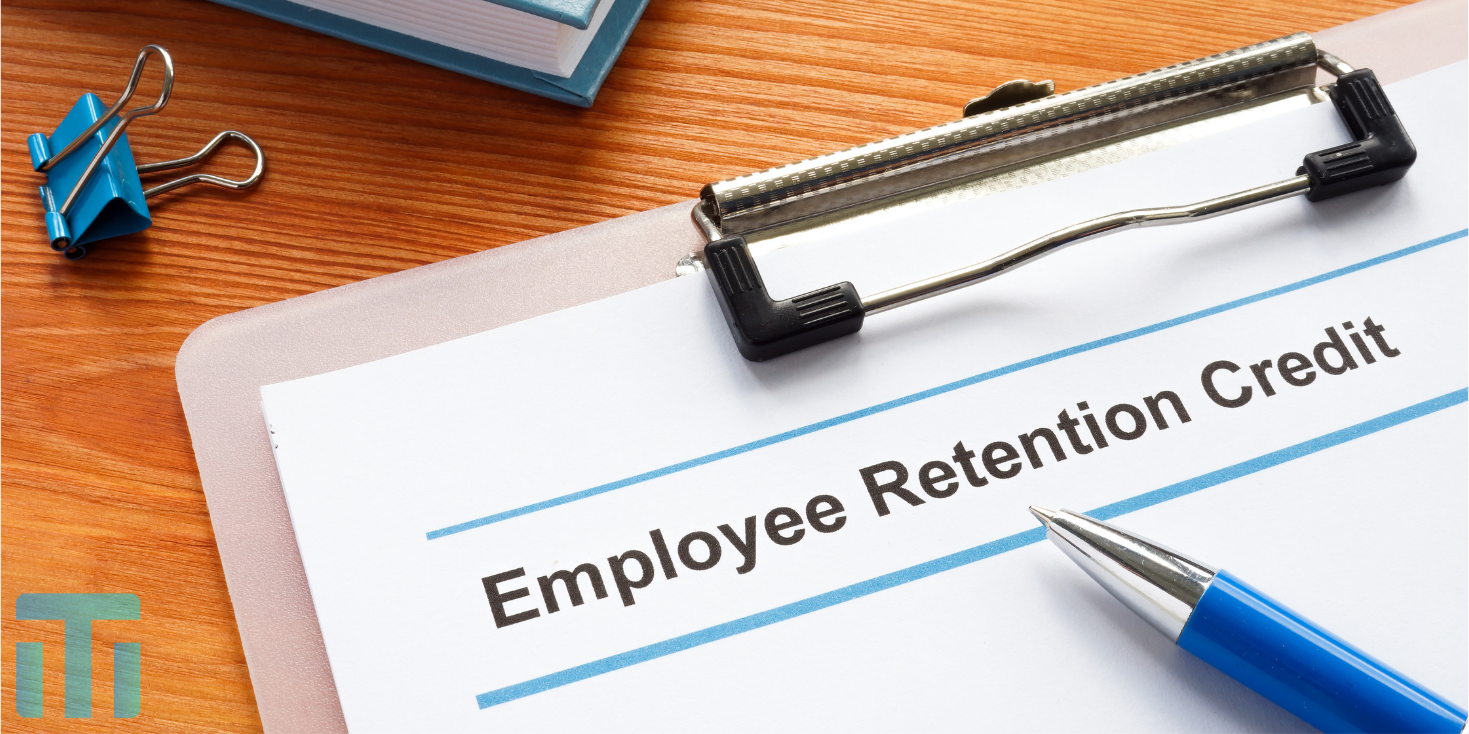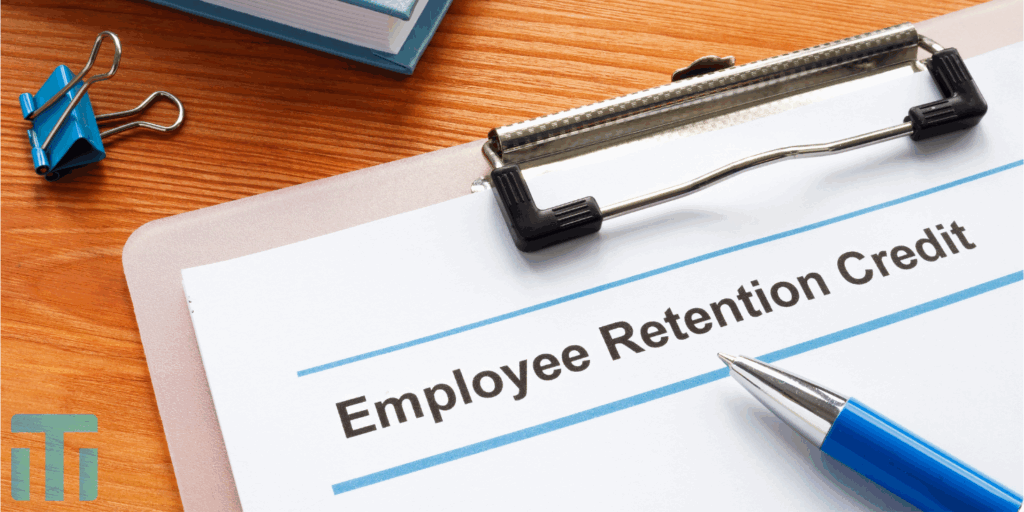The Employee Retention Credit (ERC) has been one of the most valuable financial relief programs available to businesses in the United States since the onset of the COVID-19 pandemic. Designed to help businesses retain employees during periods of economic hardship, the ERC provides a tax credit to eligible employers for wages paid to employees, including certain health benefits, as a kind of reward for keeping employees on staff during the pandemic.
What is the Employee Retention Credit (ERC)?
The ERC was introduced as part of the Coronavirus Aid, Relief, and Economic Security (CARES) Act in 2020. Its primary goal was to encourage employers to keep employees on payroll even when facing significant operational disruptions. Essentially, eligible businesses could claim a tax credit against their payroll taxes, which could be a substantial amount per employee per quarter. The credit has evolved over time through subsequent relief packages, including the Consolidated Appropriations Act of 2021 and the Inflation Reduction Act, expanding eligibility and adjusting credit amounts.
In practical terms, the ERC allows qualifying employers to receive up to thousands of dollars per employee. For 2020, the credit was 50% of qualifying wages up to $10,000 per employee annually. In 2021, this increased to 70% of wages up to $10,000 per employee per quarter for eligible businesses. These numbers translate into potentially significant financial relief for businesses that retained employees during periods of reduced revenue.
Who Qualifies for the ERC?
Eligibility is generally determined by two main criteria:
Operational Impact Due to COVID-19: Businesses that experienced a full or partial suspension of operations due to government orders during the pandemic may qualify. This includes temporary closures, capacity limitations, or supply chain disruptions.
Decline in Gross Receipts: Employers experiencing a decline in revenue relative to a comparable period in 2019. For 2020, a 50% drop in quarterly revenue compared to the same quarter in 2019 qualified a business. For 2021, the threshold was a 20% drop.
Both small and large businesses may be eligible, although the calculation of qualified wages differs depending on the number of employees. Generally for organizations that had more than 500 full time employees a credit could only be claimed for wages paid to employees for not doing work.
Common Issues and Challenges Businesses Face
Despite the ERC’s potential benefits, many businesses have not claimed the credit—often due to confusion about eligibility, the complexity of payroll calculations, or uncertainty about whether they also claimed other COVID-related relief programs like the Paycheck Protection Program (PPP). A few key challenges include:
Confusing Rules Around Eligibility: Businesses that received PPP loans still qualified for the ERC, but only after taking the wages that the PPP was used to pay out of the equation when calculating the ERC. An early iteration of the ERC also said that companies could take one or the other but not both, that was later reversed.
Complicated Wage Calculations: Determining “qualified wages” can be tricky, especially for businesses with more than 100 employees in 2020 or more than 500 employees in 2021, as the rules differed significantly based on business size.
Amending Payroll Returns: Many businesses need to file amended payroll tax returns (Form 941-X) to claim the credit retroactively. Mistakes in these filings can lead to delays or reduced credit amounts.
These complexities have left many organizations with questions, after applying for the ERC.
Why the Employee Retention Credit is Beneficial
For business owners, the Employee Retention Credit isn’t just another tax incentive—it’s a meaningful way to recover from the financial strain of the pandemic while rewarding the very people who kept their businesses running. Unlike a loan, the ERC provides a refundable tax credit, meaning you don’t have to pay it back. This can translate into real cash flow relief that businesses can use to reinvest in operations, cover rising expenses, or strengthen long-term growth plans.
The program is especially valuable because it acknowledges the sacrifices employers made to keep employees on payroll during difficult times. For many companies, securing an ERC refund can be the difference between merely surviving and having the resources to expand, hire, or innovate. In short, the ERC isn’t just about reimbursement, it’s about positioning your business for future stability and success.
How Tavola Group Can Help You Secure Your ERC
If your business is still waiting on an ERC payment, whether you filed yourself or worked with a firm that hasn’t been responsive, Tavola Group can take the guesswork out of the process. We review your filings to confirm they were submitted correctly, ensure sufficient documentation of eligibility, and determine your current claim status—whether pending, denied, under examination, or already paid.
To learn more, join Matt Schumacher, Director of Tax Planning, and James Kelly, CPA, Director of Operations at Tavola Group, for a 30-minute webinar on Thursday, October 2 at 12 PM CT. This practical session will cut through the confusion, explain why so many ERC claims are delayed, and show you the steps to move your refund forward.
Reserve Your Spot for the Webinar Here
And if you’re ready to take action right away, you can also book a one-on-one meeting with our team. From there, we’ll guide you through the necessary steps to advance your claim. Our ongoing support includes weekly IRS transcript pulls and monthly updates (or sooner if there’s any change), so you always know exactly where your ERC status stands.
With Tavola Group managing the process, you can focus on running your business while we handle the details of securing your ERC payment.





